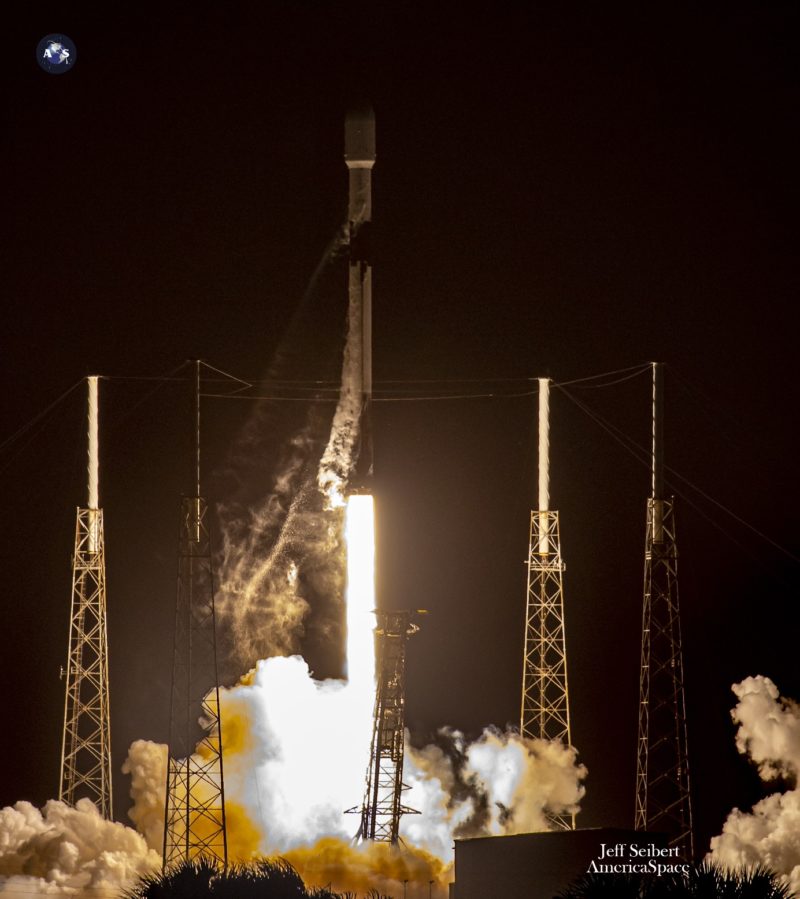
Scorched and scarred from seven high-energy re-entries since September 2018, and with her characteristic “X” emblem hard to discern under the layers of grime, SpaceX’s veteran B1049 Falcon 9 first stage returned safely to Port Canaveral on Saturday—ferried ashore atop the Autonomous Spaceport Drone Ship (ASDS), “Of Course I Still Love You”—following her recent record-setting mission.
Just last week, she became the 100th Falcon 9 to take to the skies and the first booster core to log a seventh flight, by delivering a 60-strong batch of Starlink internet communications satellites into low-Earth orbit. And in so doing, B1049 accomplished the latest accolade in an impressive year for SpaceX, which has seen the Hawthorne, Calif.-headquartered launch services provider fly a personal-best-beating 23 missions using no more than 11 boosters.
As SpaceX counts down to the fifth anniversary on 21 December of its first successful recovery of a booster core, it can look back on this most tragic of years with a measure of pride, having pushed its reusability statistics to new heights. In five years, it has landed a total of 21 boosters on solid ground, out of 22 attempts, at either Cape Canaveral Air Force Station, Fla., or Vandenberg Air Force Base, Calif., and achieved 45 safe landings on ASDS oceanic platforms on the East or West Coasts of the United States since April 2016.
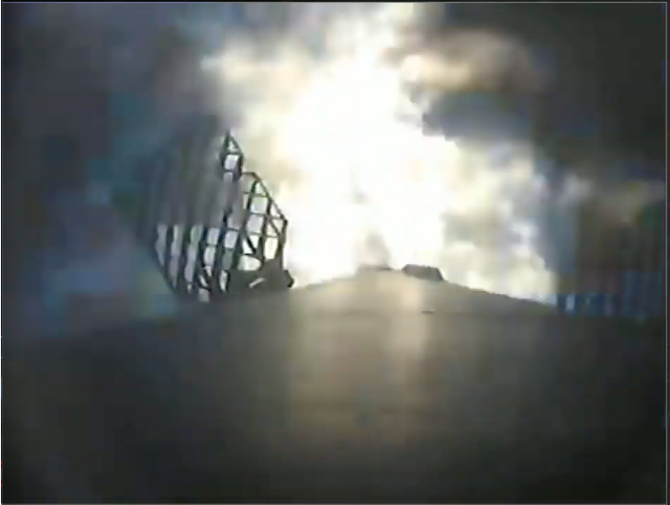
And in less than four years, since March 2017, it has reflown 25 Falcon 9 cores at least once, four of which flew their second missions as side boosters for the giant Falcon Heavy. Of that number, 16 boosters flew twice, three did so three times, a further three have logged four missions, one launched—but failed to land—a fifth time, another has done six and B1049 last week became the first Falcon 9 to reach seven.
In fact, in its more than two years of active service, B1049 has flown six times out of Cape Canaveral Air Force Station and once from Vandenberg, achieved five pinpoint landings on OCISLY and two others on its sister ASDS, “Just Read the Instructions”, including the first JRTI landing after it was relocated from the West Coast to the East Coast.
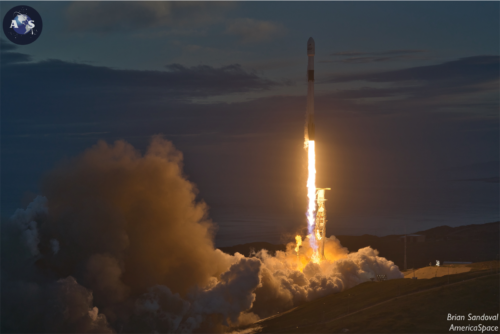
It has transported 298 Starlinks, ten Iridium NEXT global mobile communications satellites, three SkySat rideshare payloads and the heavyweight Telstar 18V communications satellite towards geostationary altitude. It became the first Falcon 9 to successfully complete a fifth flight and the first in history to fly a sixth and a seventh time.
But when one looks at the numbers, SpaceX’s reusability trend has climbed dramatically in 2020. The 18 missions completed in 2017 required no fewer than 14 Falcon 9 cores and even 2018’s impressive total of 21 launches worked its way through 17 boosters. This year, by contrast, has seen 23 flights (and counting) executed with only 11 cores.
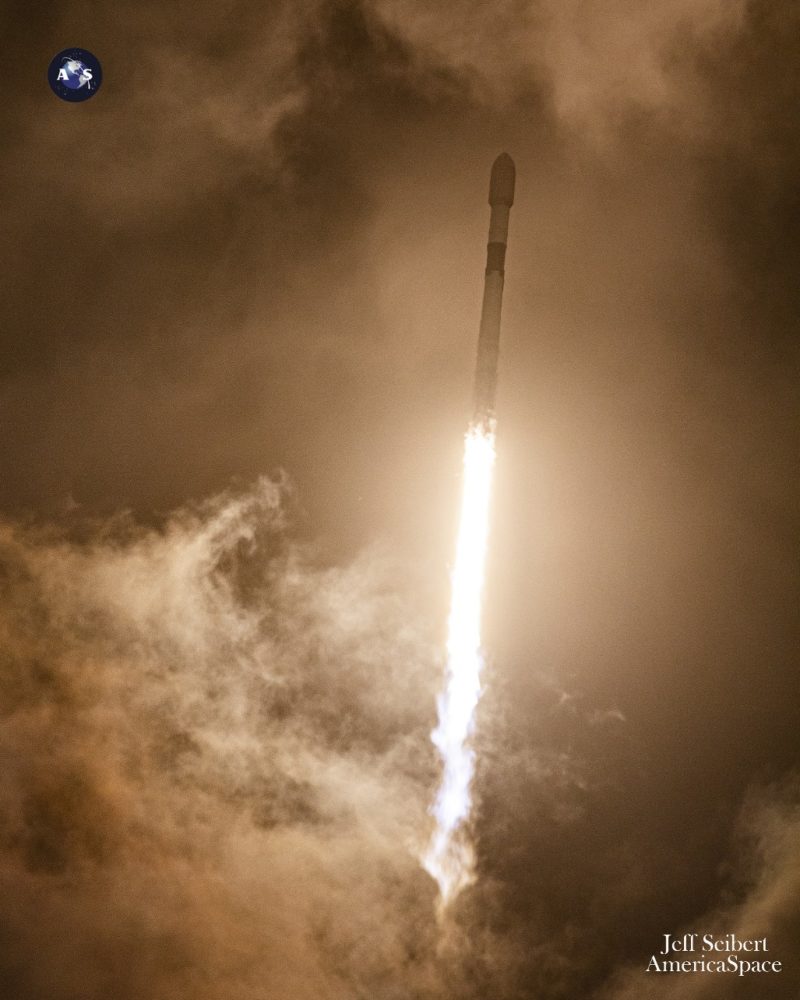
Since January, SpaceX has marked the 10th anniversary of the first Falcon 9 flight, seen its booster become the most-flown active operational U.S. launch vehicle and become the first new U.S. rocket to launch humans since the Space Shuttle, almost four decades ago.
This time last fall, only a single booster had managed to fly three missions in a single calendar year; today, in the final weeks of 2020, three more have repeated that same feat and two others have achieved as many as four launches. On 25 November with B1049’s record-breaking seventh trip out of the barn, SpaceX also achieved its long-touted goal of “weekly” flights as it wrapped up its first four-launch month.
Up ahead on 5 December is the launch of CRS-21, the first voyage of the next-generation Cargo Dragon to the International Space Station, conducted under the language of the second-phase Commercial Resupply Services (CRS2) contract with NASA.
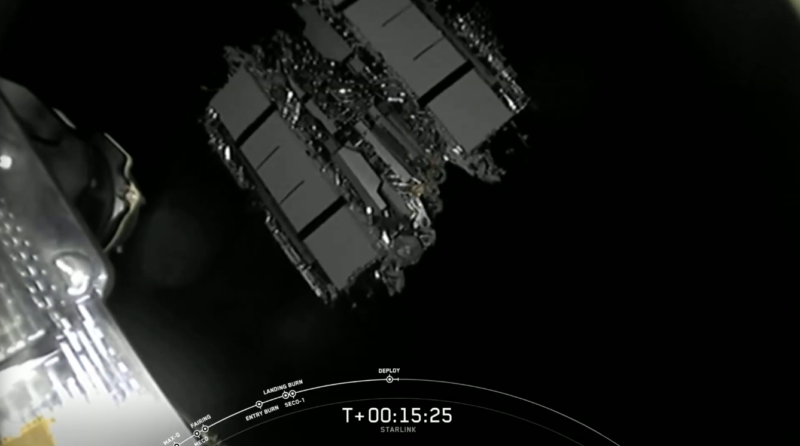
It will fly atop the B1058 core—the same booster used last May to launch Dragon Endeavour crewmen Doug Hurley and Bob Behnken on their historic Demo-2 mission—which will become the third Falcon 9 of 2020 to log four launches. If it flies on time, Hurley and Behnken’s “Old Reliable” will set a new record of just over six months for the shortest time it has taken a single Falcon 9 to record four launches.
And if it succeeds in its aim to deliver CRS-21 safely to orbit, 5 December’s planned 11:39 a.m. EST launch from historic Pad 39A at the Kennedy Space Center (KSC) in Florida will mark the 100th fully successful Falcon 9 flight. Although last week’s mission was the 100th Falcon 9 to leave Earth, it was only the 99th full success by the booster, when one discounts the in-flight explosion of CRS-7 back in June 2015.
The manifest beyond CRS-21 for the remainder of the year is still rather sketchy, with the possibility of another Starlink mission—the 15th batch of these flat-packed satellites since January—before the midnight bell tolls on 31 December.
Others waiting in the wings include the previously unannounced NROL-108 classified payload for the National Reconnaissance Office and a pair of commercial communications satellites: Turkey’s home-grown Türksat-5A for Ku-band communications and direct television broadcasting and Sirius XM Holdings, Inc.’s SXM-7 for Digital Audio Radio Service (DARS) provision.




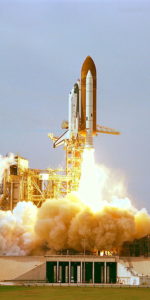
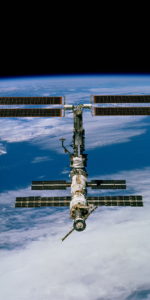
7 Comments
7 Pings & Trackbacks
Pingback:SpaceX Launches Starlink-17, Lands Now 8x-Flown Rocket
Pingback:Falcon 9 Marks 4th Launch in Four Months With Midnight Starlink Mission « AmericaSpace
Pingback:Falcon 9 Marks 4th Launch in Four Months With Midnight Starlink Mission
Pingback:Record-Tying Falcon 9 Veteran Lofts 25th Batch of Starlink Satellites « AmericaSpace
Pingback:Historic Cape Launch Pad Observes 125th Launch With First 10x-Flown Falcon 9 « AmericaSpace
Pingback:Historic Cape Launch Pad Observes 125th Launch With First 10x-Flown Falcon 9
Pingback:Record-Tying Falcon 9 Veteran Lofts 25th Batch of Starlink Satellites